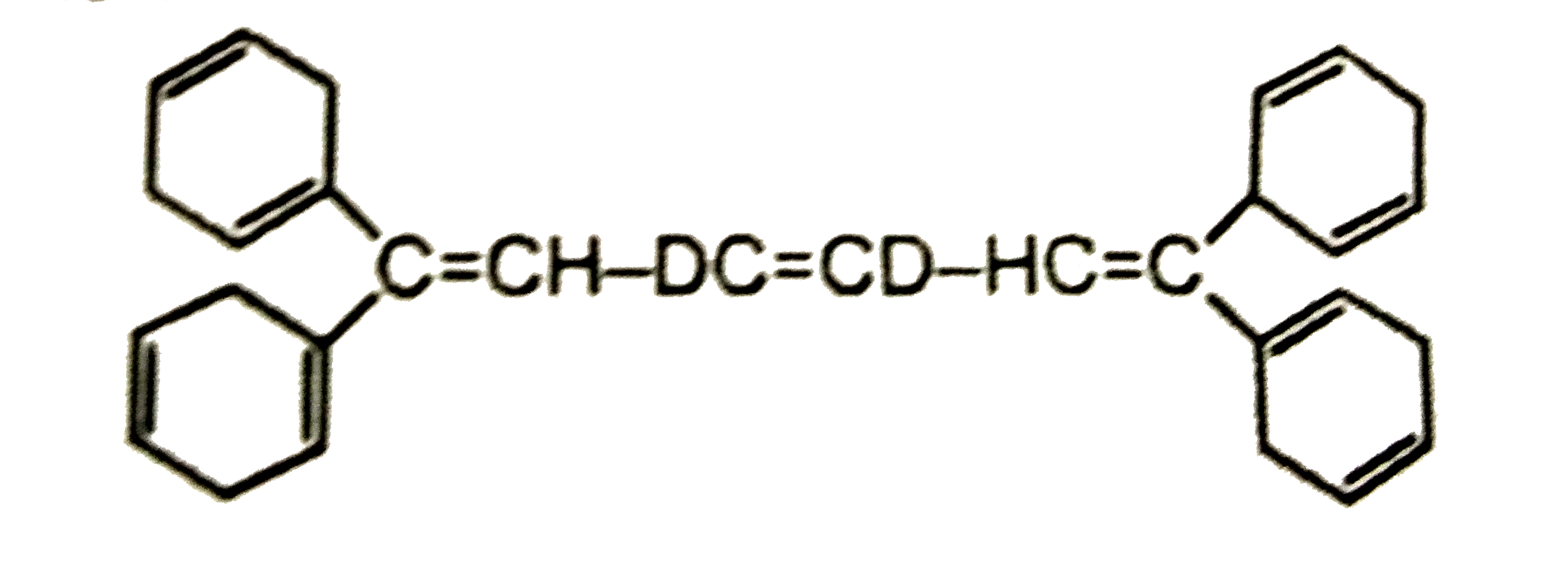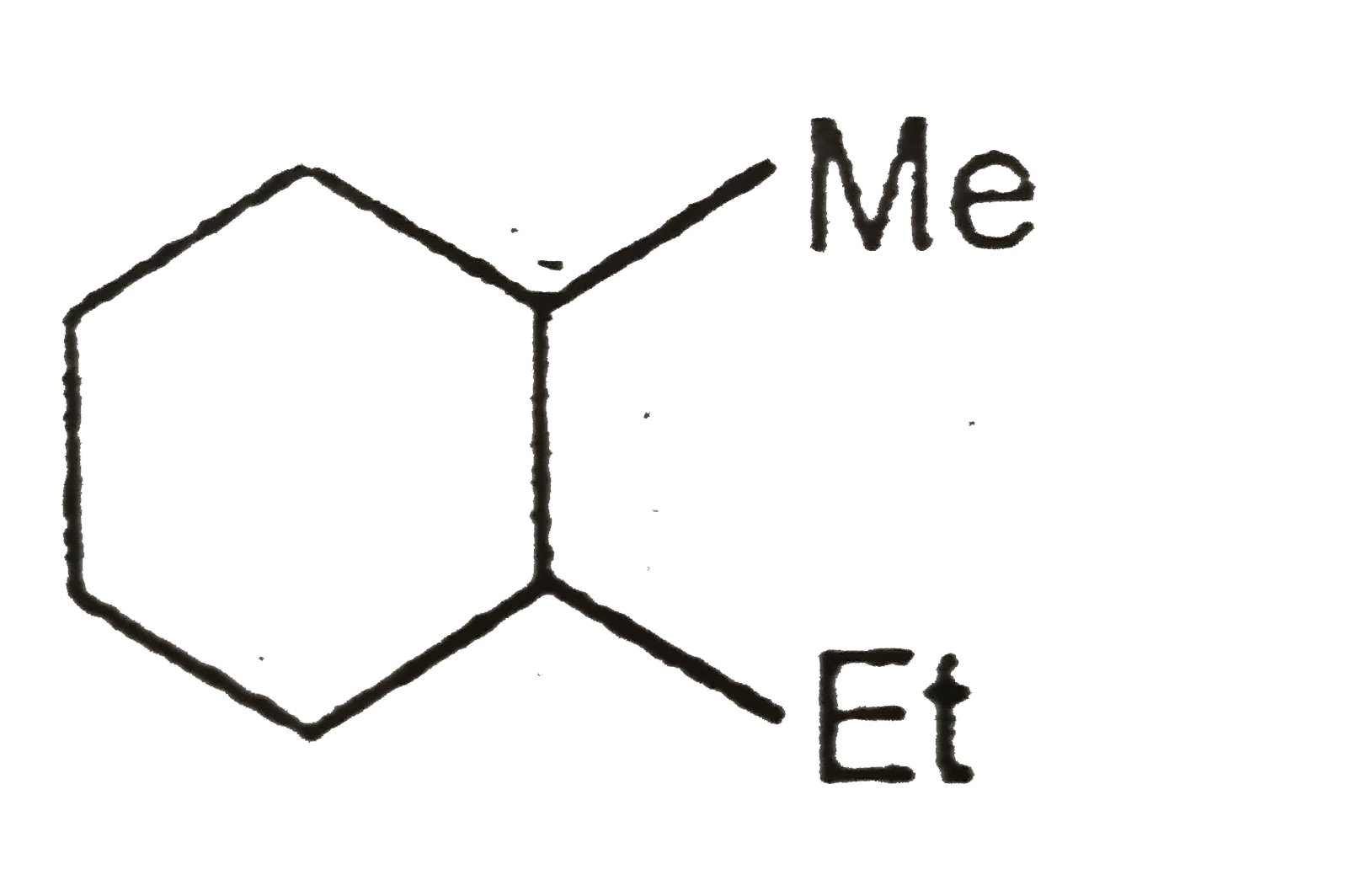For the given complex [CoCl2(en)(NH3)2]+, the number of geometrical isomers, the number of optical isomers and total number of isomers of all type possible respectively are
A
2, 2 and 4
B
2, 2 and 3
C
2, 0 and 2
D
0, 2 and 2
Video Solution
Text Solution
The correct Answer is:B
The octahedral complex of the type [M(AA)X2Y2], i.e., [CoCl2(en)(NH3)2]+ will show two cis- and trans-geometrical isomers. Out of these, cis-isomer will be optically active and shows two d- and l-forms. So the total number of possible isomers will be three.
|
Topper's Solved these Questions
- CORDINATION COMPOUNDSBOOK - PRADEEPCHAPTER - CORDINATION COMPOUNDSEXERCISE - Short Answer Questions
64 Videos
- CORDINATION COMPOUNDSBOOK - PRADEEPCHAPTER - CORDINATION COMPOUNDSEXERCISE - Matching Type Question
5 Videos
- CORDINATION COMPOUNDSBOOK - PRADEEPCHAPTER - CORDINATION COMPOUNDSEXERCISE - NCERT Exercises
32 Videos
- CHEMISTRY IN EVERYDAY LIFE BOOK - PRADEEPCHAPTER - CHEMISTRY IN EVERYDAY LIFE EXERCISE - IMPORTANT QUESTION FOR BOARD EXAMINATION
30 Videos
- D- AND F-BLOCK ELEMENTSBOOK - PRADEEPCHAPTER - D- AND F-BLOCK ELEMENTSEXERCISE - IMPORTANT QUESTIONS
30 Videos
Similar Questions
Knowledge Check
For the given complex [CoCl2(en)(N3)2]+, the number of geometrical iosmers, the number of optical isomers and total number of isomers of all type possible respectively are
A2,2,&4B2,2&3C2,0&2D0,2&2The number of geometrical isomers for [Pt(NH3)2Cl2] is
A(a) TwoB(b) OneC(c) ThreeD(d) FourThe number of geometrical isomers and optical isomers of [Pt(NH3)(Br)(Cl)(Py)] are respectively.
A2, 0B3, 2C3, 0D2, 2
Total number of geometrical isomers possible for

View SolutionTotal number of geometrical isomers in the given compound are

View SolutionTotal number of geometrical isomers in the given compound are :

View SolutionIsomerism| types of isomers|geometrical isomers|optical isomers
View SolutionThe number of geometrical isomers and optical isomers of [Pt(NH3)(Br)(Cl)(Py)] are respectively.
View Solution


